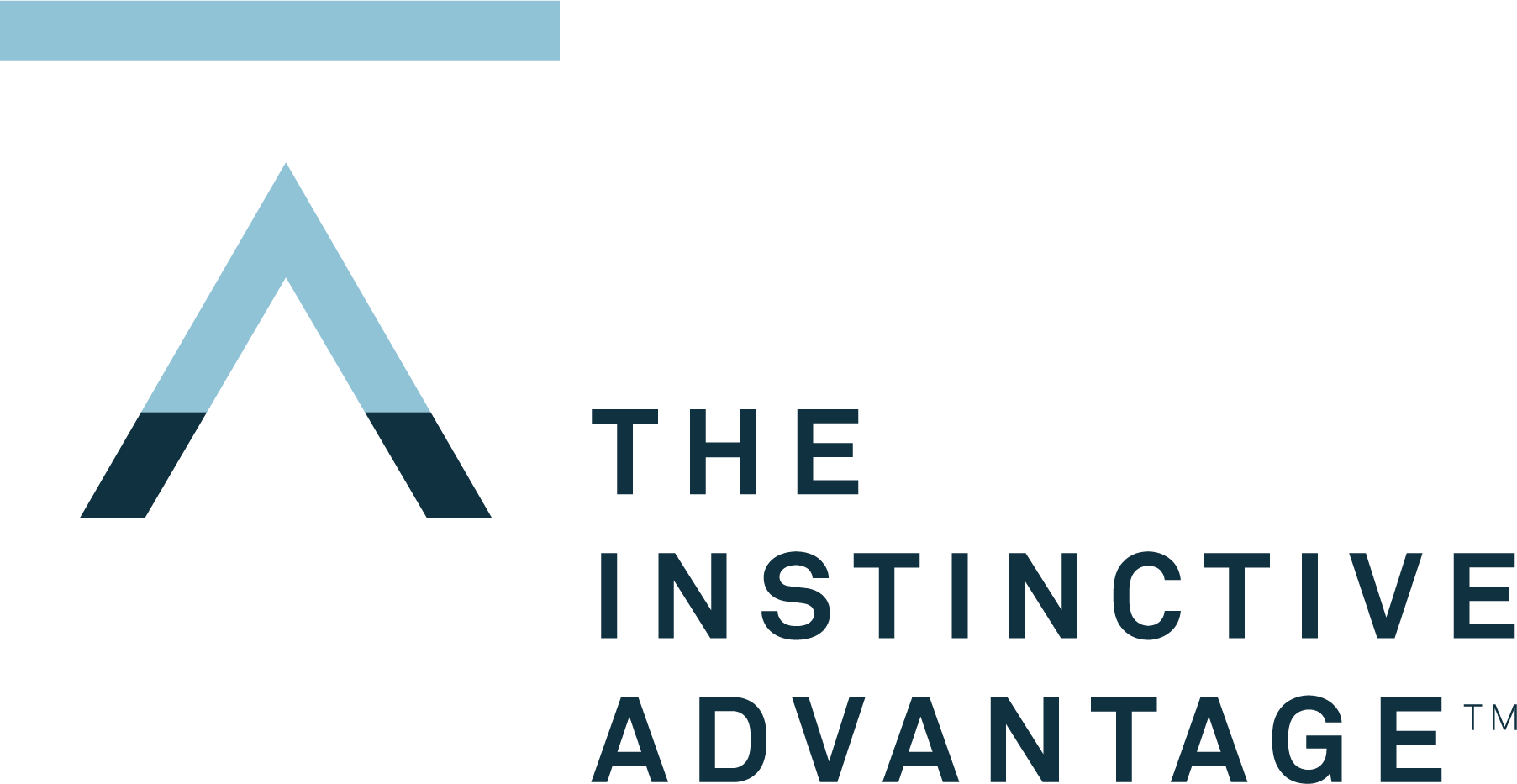3 Things About Strengths & Instincts
Strengths and instincts.
We’ve all used the words.
But do we really know what they mean?
Or maybe more importantly, how we can use them?
In this blog post I’m going to identify 3 specific things about these words, and their meanings, that will help you become a more well rounded leader.
They aren’t the same things
First of all, strengths and instincts are not the same thing. They are similar in the sense that they define something positive and instrumental in your personal make up, however they are uniquely different in what that looks like.
Instincts: An innate, typically fixed pattern of behavior.
Strengths: Personal, learned skills we use in achieving goals.
It’s important you leverage both
Both instincts and strengths are powerful, and should be leveraged in advancing your career; either as an employee or team leader. Tools and other ways to assess are as follows:
Kolbe A™ Index
In case you need a refresher, the Kolbe A™ Index is designed to measure the conative part of the mind — the actions you take that result from your natural instincts. This validates your natural talents, the instinctive method of operation (MO) that enables you to be productive. It is the only validated assessment that measures a person's conative strengths.
Areas it helps teams with:
Increased self-knowledge for team members
Quantitative-backed metrics to build teams
EEOC certified hiring process
Learn more here: www.theinstinctiveadvantage.com
Strengths
There are a few different ways to examine strengths. One can be through the StrengthFinder assessment (and you can click here for more information). Additionally, as strong leaders, strengths can often be identified by paying attention to the environment and situations where employees thrive.
Why it helps teams:
Helps teams understand team contribution
Allows team members to be the best version of themselves
Positions teams structurally in alignment with their strengths (not weaknesses)
Start with what’s foundational
I would be remiss to not recommend you start with what’s foundational (what doesn’t actually change). This, if you haven’t guessed, is your instincts. When we learn to love the instincts engraved inside of us, we can better understand how to learn, adapt, and expand our strengths; personally and professionally.
Strengths and instincts.
In many cases they are just words.
My hope is that for you they become even more.
-E
